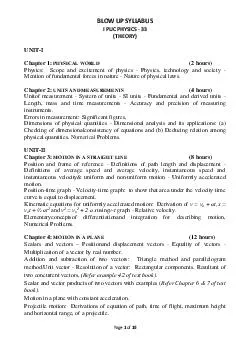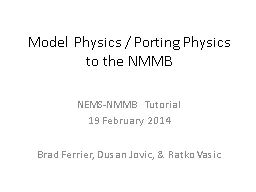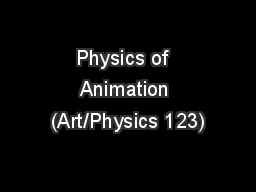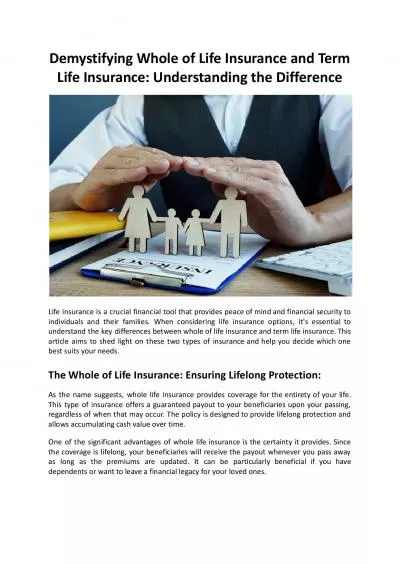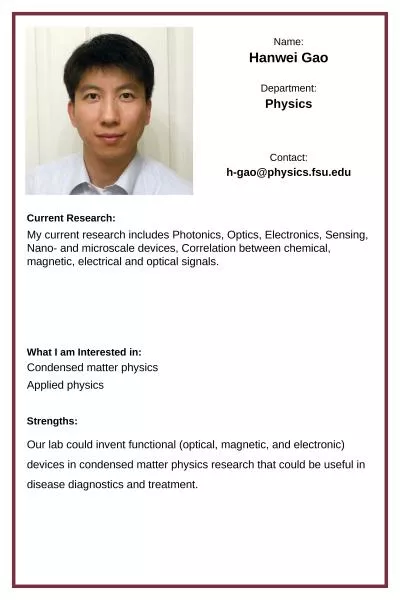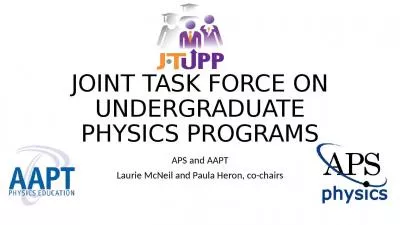PPT-Near Term Physics Goals-Run15
Author : giovanna-bartolotta | Published Date : 2019-06-22
in relation to The long Term Goals Key measurements for polarized pp scattering EC Aschenauer pppALoI f2f January 2014 2 deliverables observables what we learn
Presentation Embed Code
Download Presentation
Download Presentation The PPT/PDF document "Near Term Physics Goals-Run15" is the property of its rightful owner. Permission is granted to download and print the materials on this website for personal, non-commercial use only, and to display it on your personal computer provided you do not modify the materials and that you retain all copyright notices contained in the materials. By downloading content from our website, you accept the terms of this agreement.
Near Term Physics Goals-Run15: Transcript
Download Rules Of Document
"Near Term Physics Goals-Run15"The content belongs to its owner. You may download and print it for personal use, without modification, and keep all copyright notices. By downloading, you agree to these terms.
Related Documents


